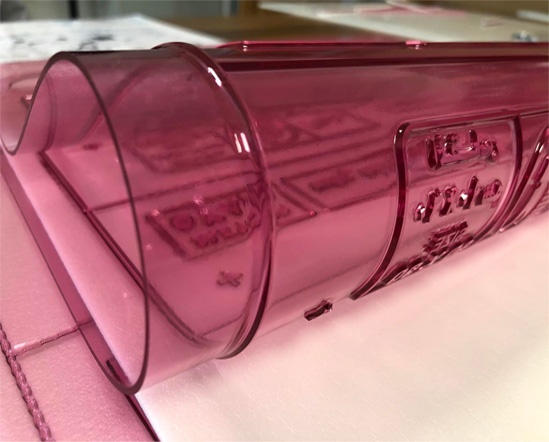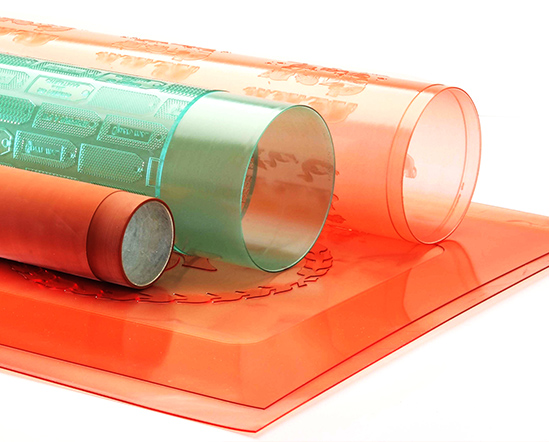Jctprint Machinery Co., Ltd

Flexo Cylinder Plate and the process of flexographic plate making play a crucial role in the field of flexible packaging and label printing. These components are vital for transferring high-quality images and designs onto various substrates, contributing to the vibrant and diverse world of print media.
Flexo Cylinder Plate:
Flexo Cylinder Plates are the heart of the flexographic printing process. They serve as the medium through which ink or coating is transferred onto a substrate, creating labels, packaging materials, newspapers, and more. The production of these plates follows a precise set of steps:


Design Preparation: The journey begins with the creation or importation of the desired images, text, and graphics using computer-aided design (CAD) software. These elements will form the basis of the printing process.
Cylinder Base Preparation: Typically made of metal or plastic, the cylinder base undergoes thorough cleaning and surface treatment to ensure the firm adhesion of the image.
Image Transfer: Digital images are used in the production of Flexo Cylinder Plates. These images are transferred onto the surface of the cylinder through processes such as:
Image Exposure: The image is exposed onto a photosensitive material, usually coated on the cylinder surface.
Chemical Processing: After exposure, chemical processing is employed to fix the image and remove unexposed areas.
Etching or Engraving: The fixed image is etched or engraved onto the cylinder surface, with the depth and shape determined by the desired pattern.
Inspection and Calibration: The completed Flexo Cylinder Plate undergoes inspection and calibration to ensure image quality and precision. Adjustments are made as necessary.
Preparation for Installation: The finished plate is then prepared for installation onto a flexographic printing press, where it will be used in actual production.
Printing Production: Installed on the press, the Flexo Cylinder Plate is responsible for transferring ink or coating onto the chosen substrate, creating the desired patterns and images.


Flexographic Plate Making:
Flexographic plate making is a specialized process crucial for the manufacturing of flexographic plates used in various printing applications. The key steps in this process include:
Artwork Design: As with Flexo Cylinder Plates, the process begins with the design of artwork, text, and graphics. These elements are often digitally generated.
Plate Material Selection: Choosing the appropriate photosensitive plate material is essential. The selected material is then mounted onto a plate-making machine.
Digital Image Transfer: The digital artwork is transferred onto the photosensitive plate material using imaging technology. This step is critical for achieving high-resolution and accurate images.
Plate Exposure: The plate material is exposed to ultraviolet (UV) light, which cures and hardens the image on the plate.
Plate Development: After exposure, the plate is developed, which involves washing away unexposed areas, leaving behind a relief image.
Plate Inspection: The developed flexographic plate is inspected to ensure image quality, depth, and overall accuracy.
Plate Mounting: The finalized plate is mounted onto the flexographic printing press, ready for production.
In conclusion, Flexo Cylinder Plates and the process of flexographic plate making are integral components in the world of flexible packaging and label printing. They enable the creation of high-quality printed materials, from intricate labels to packaging solutions, contributing to the diverse landscape of the printing industry. The precision and technology involved in their production are essential for meeting the demands of today's printing requirements.